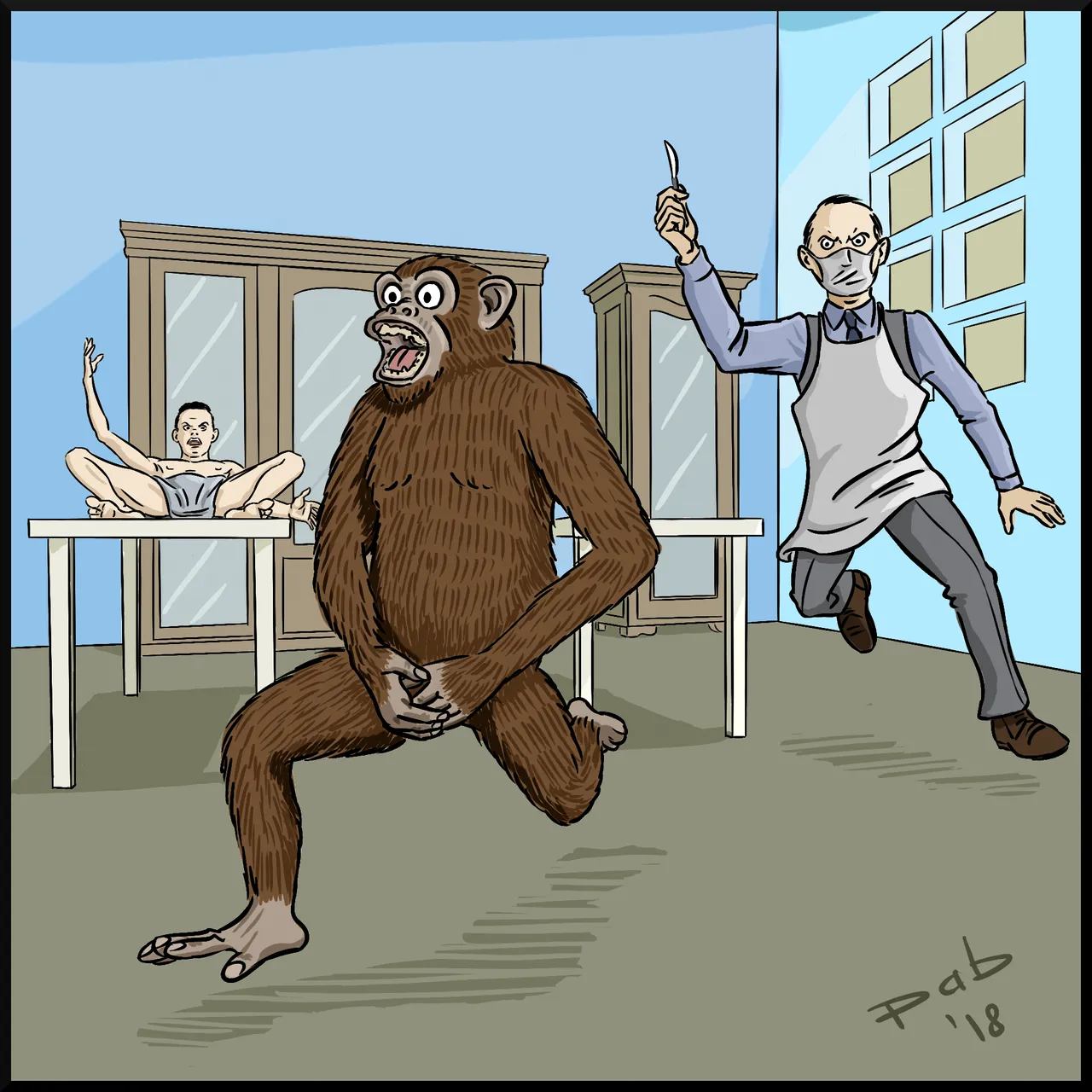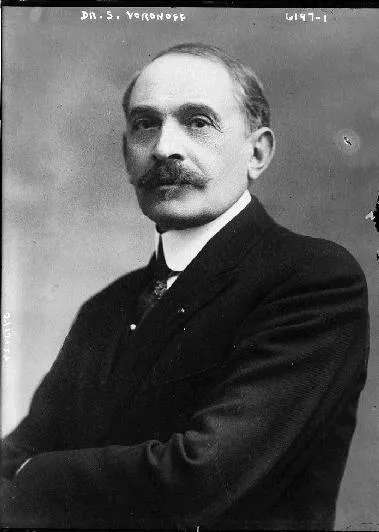Stress, endocrine activity and the promise of prolonged youth
In science we still have several questions that remain unanswered: how was the universe created? What is dark matter? Why do we need to sleep? How can Trump be president of the United States? Unfortunately, these are questions bigger than us and we may struggle for decades to find the right answers. However, I am sure right now there is another question that I may be able to answer: what the hell is going on in the main image of this post? Well let me you how it all started and then I will tell you a story.
 Attribution-ShareAlike CC BY-SA by @pab.ink thanks to @aboutcoolscience and @davinci.art
Attribution-ShareAlike CC BY-SA by @pab.ink thanks to @aboutcoolscience and @davinci.art
 Attribution-ShareAlike CC BY-SA by @pab.ink thanks to @aboutcoolscience and @davinci.art
Attribution-ShareAlike CC BY-SA by @pab.ink thanks to @aboutcoolscience and @davinci.art It all started by reading something serious and actually very interesting. I was reading some academic documents about how stress can exacerbate physiological disorders. Is it true that stressed out people tend to get sick more easily? It depends on how much stress we are talking about and for how long they are in a situation of stress, chronic stress can have dramatic effects on our health. There was no overarching engineer that designed our brain, it evolved gradually over time. But, the remnants of our lizard brain make us overreact in some situations. So, when you get stuck in traffic and you are late for an important meeting you can feel the same amount of stress that you would feel if you were chased by a lion.

Image CCO Creative Commons

Image CCO Creative Commons
The short-term response of our body is amazing. It automatically shuts down all the un-necessary processes while focalizing all the energy towards the activities that could “save our lives”. This is how sometimes we can find unexpected strength in difficult situations or you can pull out a brilliant sentence that will impress the judging panel that is interviewing you. However, this short-term benefits have a cost. The energy used to accomplish these tasks is being subtracted from longer term processes like digestion, repair of wounds and the maintenance of your reproductive organs to mention a few. Now it should be more apparent how chronic stress can have deleterious effects on our health.
 Image CCO Creative Commons
Image CCO Creative Commons I hear you, I guess you must be thinking: “Ok but what about the monkey in the drawing?”
To explain this I must tell you a bizarre story. Today we know that the cascade of effects I’ve just described is triggered by decisions made by our brain through the release of growth factors, neurotransmitters and other secretory proteins. There is even an entire branch of science that studies this and it’s called endocrinology. Here it comes the story: a century ago doctors and scientists did not think that the brain was responsible for all this endocrine activity. In the early 1900s there was the conviction that our glands were able to independently secrete the necessary proteins to regulate the physiological activities of their tissues of residence. This lead doctors and scientists at the time to try all sort of exotic solutions. Among these, there was Serge Voronoff, a french surgeon that quickly became very popular in the 1920s for grafting monkey’s testicles onto the testicles of men. This may sound very bizzarre today but at the time Dr. Voronoff was celebrated as the icon of western medicine, he was so famous that at the time Voronoff became even a word at least in French and in Italian (Mussolini even used the word “Voronoffizzare” during one of his speeches). What was all this fuss about?

Serge Voronoff - Image CCO Creative Commons -
Dr. Voronoff was convinced that by grafting slices of testicles from young monkeys to his old (and often rich) patients he could reinvigorate them. Surprisingly, many of his patients even claimed to feel younger after the surgery. Today that can be attributed to the placebo effect but at the time the whole procedure sounded revolutionary. The surgery was so popular that Dr. Voronoff even purchased a villa in the italian riviera and turned it into a monkey farm. So, what did really happen to his patients? Well most of the grafted tissues probably never integrated with the host’s vasculature thus these tissues became probably necrotic. The tissues that instead integrated probably caused inflammation and were rejected by the host’s immune system. After a few years it became clear that Dr. Voronoff could not achieve what he claimed and the same people that few years earlier were praising him started to ridicule him. Who knows, maybe we will also become future generation will also ridicule us for things we are currently doing.
References
https://www.elsevier.com/books/endocrine-biomarkers/sadrzadeh/978-0-12-803412-5
https://en.wikipedia.org/wiki/Serge_Voronoff
https://www.ncbi.nlm.nih.gov/pubmed/24579938
Communities that support me are:

enlarge
Attribution-ShareAlike CC BY-SA
Reuse this image by copying and pasting this text with it:
Attribution-ShareAlike CC BY-SA by @elvisxx71 thanks to @aboutcoolscience and @davinci.art

IMMAGINE CC0 CREATIVE COMMONS, si ringrazia @mrazura per il logo ITASTEM. Click here and vote for @davinci.witness